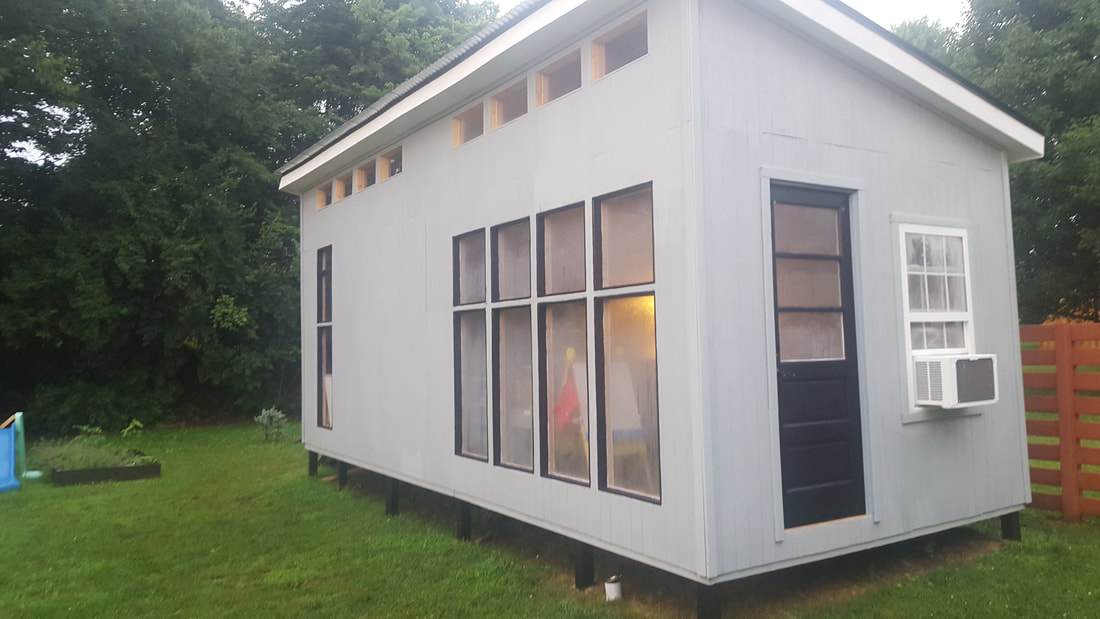Traditional log cabins bring to mind the typical stacked log construction. Log construction was the most common building technique in large regions of Sweden, Finland, Norway, the Baltic states and Russia, where straight and tall coniferous trees, such as pine and spruce, are readily available. It was also widely used for vernacular buildings in Eastern Central Europe, the Alps, the Balkans and parts of Asia, where similar climatic conditions prevail. In warmer and more westerly regions of Europe, where deciduous trees predominate, timber framing was favored instead.
Builders use sawn logs, logs sawn to a standard width, but with their original heights, or milled (also called machine-profiled), made with a log house molder: constructed of logs that have run through a manufacturing process which convert them into timbers which are consistent in size and appearance.
Handcrafted log houses have been built for centuries in Scandinavia, Russia and Eastern Europe, and were typically built using only an axe and knife. The Scandinavian settlers of New Sweden brought the craft to North America in the early 17th century, where it was quickly adopted by other colonists and Native Americans. Possibly the oldest surviving log house in the United States is the C. A. Nothnagle Log House (circa 1640) in New Jersey.
Log Cabins inevitably remind me of the Rockcastle River Demonstration Site and our need to utilize the resources we have. My dream is to have several tiny log cabin homes on the property for volunteers to use. There are a ton of examples of budget saving sustainable building tiny homes:
$300 tiny home
Portable cabin with rainwater collection system
Solar Off Grid Cabin
Off Grid Retreat
We built a prototype in our backyard, so I know it’s possible. What do you think? Have you built a log cabin off grid?

 RSS Feed
RSS Feed